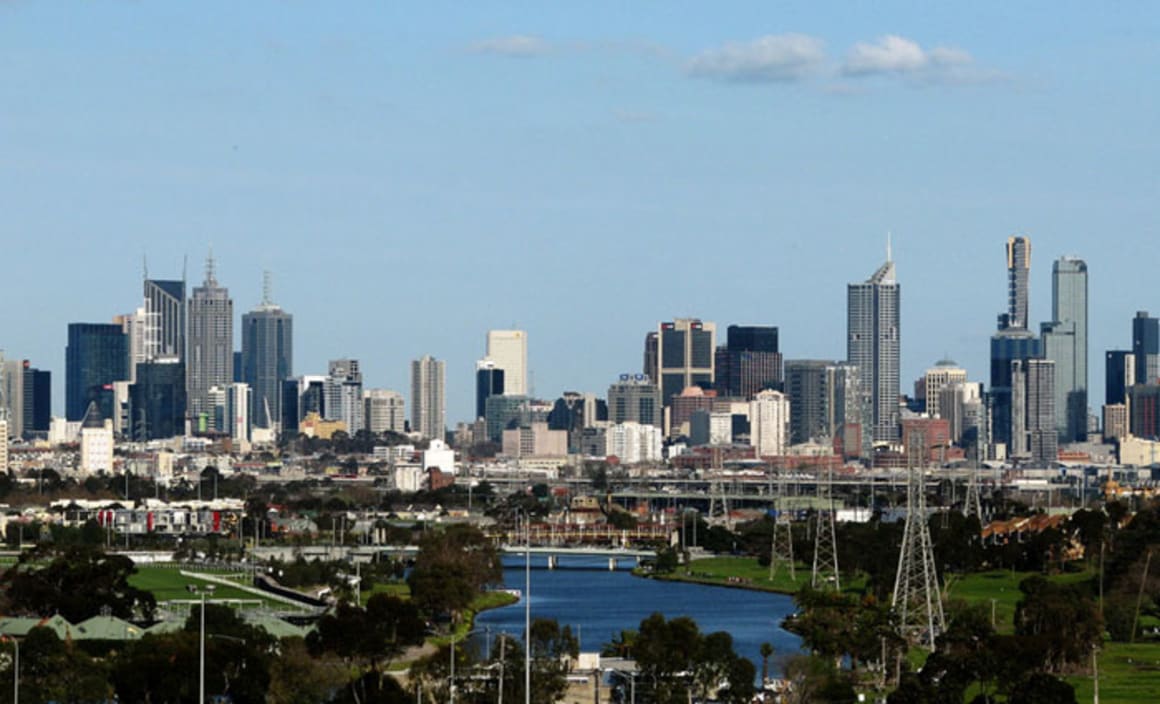Melbourne is APAC's second most resilient office market: Cushman & Wakefield

Melbourne’s office market has been rated as Asia Pacific’s second most resilient and prepared for unexpected turns, according to a new report.
The ‘The Prepped Cities Index’ is Cushman & Wakefield’s inaugural report that assesses governance and environment factors to help identify which cities are best prepared in deterring and managing against future uncertainty.
In 2018, the Victorian capital was only behind Singapore.
The Prepped Cities Index is based on eight indicators across Built Environment (Cost/Rental Volatility, Obsolescence, and Sustainability) and Governance and Environment (Governance, Terrorism, Talent, Susceptibility and Cyber Security).
These factors were used to assess 17 major business centres across the Asia Pacific.
Melbourne performed strongly across the majority of categories across both real estate and governance and environmental indicators.
This included ranking first in access to talent that is important for continuity in the event of an acute incident and third in sustainability. Melbourne also ranked strongly relative to the other cities in the indicators relating to cybersecurity and terrorism, which were drawn from the Economist Intelligence Unit’s Safe Cities Index.
However, the city missed out on the top ranking due to a lack of new quality office supply to replenish ageing stock and ongoing political changes impacting its governance rating.
Both Sydney and Melbourne illustrated Australia’s leadership in the sustainability of the built environment, ranking first and third in Asia Pacific respectively. This was assessed as the proportion of A-Grade buildings with at least a ‘very good’ LEED rating.
This sustainability ranking was achieved despite Sydney and Melbourne having the oldest average A- Grade office buildings across the Asia Pacific, however this was offset by high levels of institutional ownership and a well-developed program of building refurbishment.
Melbourne also ranked above every other city in terms of access to workers, either domestic population or attracting international staff, which supports its resilience should an acute incident occur.
Tony Crabb, Director Research, Australia and New Zealand at Cushman & Wakefield, said:
“A city’s ability to remain resilient in the face of external changes to the physical and geopolitical environment is increasingly important for real estate market participants and the population at large.
“Beyond the universal desire to provide each individual’s personal safety, the move to ensure that buildings are safe, sustainable, resilient and adaptable is being led by institutional landlords and emerging as a key criteria for investment.
“As the world’s second most livable city according to The Economist Intelligence Unit, it is no surprise that Melbourne ranks highly on The Prepped Cities Index.
“With 300,000 square metres of office space being delivered in Melbourne this may have boosted the city’s ranking even further.”
Emma Wright, National Manager, Sustainability Solutions, Australia and New Zealand at Cushman & Wakefield, said:
“Australia has demonstrated its leadership in environmental sustainability which goes well beyond the BEEC (Building Energy Efficiency Certificate) requirement for all office space advertised for sale, lease, or sub-lease (over 1,000 square metres).
“While A-Grade buildings may be older on average than other APAC locations, technology-enabled solutions and an active program of building upgrades and resource efficiency measures, are key initiatives that align with leadership in the sustainability of the built environment.
“Melbourne is particularly active in driving the sustainability agenda and is currently advancing a range of initiatives that reflects its position as a leader in the region and globally.
“This includes a firm commitment to carbon neutrality, the City Switch program which helps commercial office tenants improve energy and waste efficiency and a range of other initiatives designed to manage the environmental impact.”
Dr. Dominic Brown, Head of Research, Asia Pacific at Cushman & Wakefield added:
“Given that real estate is a pillar of the regional economy, coupled with the massive amounts of investment in the built environment, the real estate industry can directly play a role in making cities better prepared for the future.”
“In the built environment, the cities that are best prepared to address unexpected events hold property assets that are modern, institutionally owned to a high degree, has a forward-looking approach to sustainability and less susceptible to pricing volatility.”
Click here to enlarge:
Chart: Preparedness Ranking for 17 major business centers in Asia Pacific

Source: Cushman & Wakefield Research
Click here to enlarge:

Source: Cushman & Wakefield Research
Click here to enlarge:

Source: Cushman & Wakefield Research